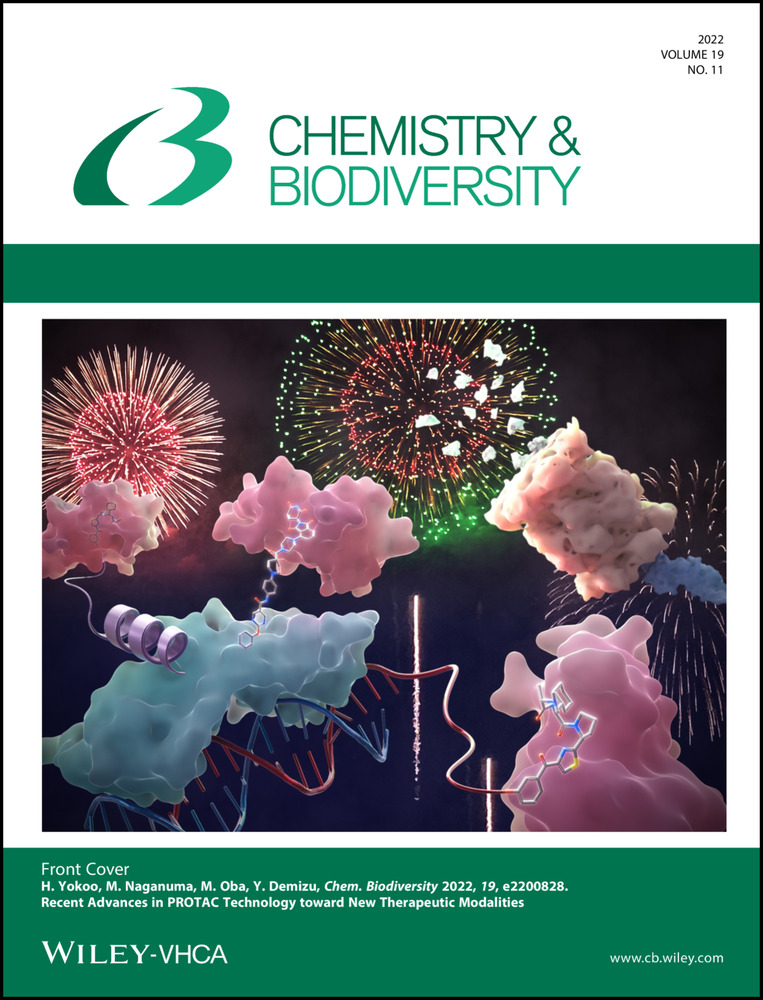Ellagic Acid Alleviates Mice Intestinal Ischemia-Reperfusion Injury: A Study Based on Transcriptomics Combined with Functional Experiments
Abstract
Background: It has been reported that intestinal ischemia-reperfusion injury (IIRI) is closely related to inflammatory response, apoptosis and oxidative stress. Ellagic acid (EA) has been proved to have antioxidant and anti-inflammatory effects and can inhibit tumor angiogenesis. The purpose of this study was to investigate the protective effects of EA on IIRI in mice. Methods: A mouse model of IIRI was established by clamping the mesenteric artery. Effects and mechanisms of EA on IIRI were investigate by transcriptomics combined with functional experiments. Results: The symptoms of IIRI were reflected in significant increases in inflammatory factors such as TNF-α and IL-1β; significant increases in oxidative stress indicators such as MDA and GSH and decreases in SOD and promotion of the apoptotic protein Bax/Bcl-2. These indicators were significantly alleviated by EA. And after EA treatment, transcriptomics results identified AKT1 differentially expressed mRNAs mainly enriched in PI3K/AKT signalling pathway. Conclusion: This study illustrates the protective effects against IIRI, the possible mechanisms were also studied. This study provides new scientific information for the application of EA in IIRI therapy.
Graphical Abstract
Conflict of interest
The authors declare no conflict of interest.
Open Research
Data Availability Statement
The data that support the findings of this study are available from the corresponding author upon reasonable request.





